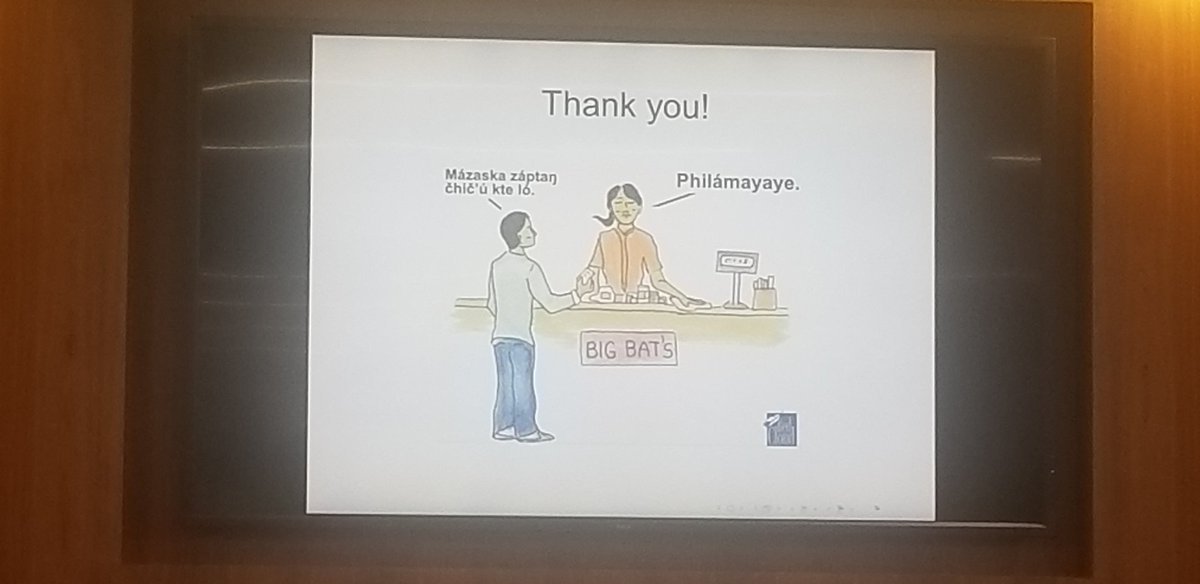Excited to hear about important issues surrounding Native communities with @PatriceKunesh of the @MinneapolisFed.
I had the honor of being on a panel with @PatriceKunesh during the @NEAEcon- @ASHE_ASSA conference during June of 2018 at @skcollege in Pablo, MT.
Economic development framework for Indian Country.
Key aspect is both more capital & more efficient use of capital.
Key aspect is both more capital & more efficient use of capital.
Another important needed within this framework is a recognition of Indian self-governance. Must focus on increasing tribal capacity and not paternalism.
Map of federally recognized tribes. There is a whole history of what is "recognized."
In this map, green are the federally recognized tribes, blue is Indian country (Oklahoma), and the purple is state recognized tribes (i.e. Lumbee in North Carolina).
In this map, green are the federally recognized tribes, blue is Indian country (Oklahoma), and the purple is state recognized tribes (i.e. Lumbee in North Carolina).
With the economics of Indian country, one important aspect was the North American bison (my favorite animal, btw).
The way it was used for subsistence showed the efficiency of the people.
The way it was used for subsistence showed the efficiency of the people.
In hearing about the economics of tribes, we should know that the tribes understand economic development.
The problem is that the imposition of a colonized system (along with displacement & genocide) ruined their potential for prosperity.
The problem is that the imposition of a colonized system (along with displacement & genocide) ruined their potential for prosperity.
The decimation of the bison was the largest economic shock in history.
Donna Feir and colleagues examine the economic impact of this shock. https://ideas.repec.org/p/fip/fedmci/2019_001.html">https://ideas.repec.org/p/fip/fed...
Donna Feir and colleagues examine the economic impact of this shock. https://ideas.repec.org/p/fip/fedmci/2019_001.html">https://ideas.repec.org/p/fip/fed...
Not just the decimation of the bison, but also the removal of tribal lands for the Gold Rush and railroad led to the displacement & genocode of Native people.
The second photo is a picture of bison skulls. https://abs.twimg.com/emoji/v2/... draggable="false" alt="😡" title="Pouting face" aria-label="Emoji: Pouting face">
https://abs.twimg.com/emoji/v2/... draggable="false" alt="😡" title="Pouting face" aria-label="Emoji: Pouting face">
The second photo is a picture of bison skulls.
I first learned of these stories at the Rutherford B. Hayes presidential library & museum in Fremont, OH.
The exhibit found that Hayes thought it was a good idea to make Native people assimilate. (Side note: this is a really cool museum)
https://www.rbhayes.org/ ">https://www.rbhayes.org/">...
The exhibit found that Hayes thought it was a good idea to make Native people assimilate. (Side note: this is a really cool museum)
https://www.rbhayes.org/ ">https://www.rbhayes.org/">...
I additionally want to shout out the @SmithsonianNMAI, where I& #39;ve learned about some of these issues, too.
https://americanindian.si.edu/ ">https://americanindian.si.edu/">...
https://americanindian.si.edu/ ">https://americanindian.si.edu/">...
Systematic inequality in a figure.
This figure shows that AIAN on reservations pay more for a mortgage than other groups.
30% of these loans are for manufactured housing. https://abs.twimg.com/emoji/v2/... draggable="false" alt="🙄" title="Face with rolling eyes" aria-label="Emoji: Face with rolling eyes">
https://abs.twimg.com/emoji/v2/... draggable="false" alt="🙄" title="Face with rolling eyes" aria-label="Emoji: Face with rolling eyes">
This figure shows that AIAN on reservations pay more for a mortgage than other groups.
30% of these loans are for manufactured housing.
Economic mobility for Native kids. Figure created using @OppInsights data.
I don& #39;t need to tell you what this says. It says what you think it says. https://abs.twimg.com/emoji/v2/... draggable="false" alt="😡" title="Pouting face" aria-label="Emoji: Pouting face">
https://abs.twimg.com/emoji/v2/... draggable="false" alt="😡" title="Pouting face" aria-label="Emoji: Pouting face"> https://abs.twimg.com/emoji/v2/... draggable="false" alt="🙄" title="Face with rolling eyes" aria-label="Emoji: Face with rolling eyes">
https://abs.twimg.com/emoji/v2/... draggable="false" alt="🙄" title="Face with rolling eyes" aria-label="Emoji: Face with rolling eyes">
I don& #39;t need to tell you what this says. It says what you think it says.
This can& #39;t be just a story of deprivation and crisis, there is hope.
Especially since the 1980s, there has been movement within the Native community. https://abs.twimg.com/emoji/v2/... draggable="false" alt="✊🏽" title="Raised fist (medium skin tone)" aria-label="Emoji: Raised fist (medium skin tone)">
https://abs.twimg.com/emoji/v2/... draggable="false" alt="✊🏽" title="Raised fist (medium skin tone)" aria-label="Emoji: Raised fist (medium skin tone)">
Especially since the 1980s, there has been movement within the Native community.
The obligatory slide on gaming.
This figure is taken from a paper by friend @indigenalysis and colleagues.
This figure is taken from a paper by friend @indigenalysis and colleagues.
The impact of gaming revenues improved many outcomes for Native Americans. Better behavioral health and civic engagement.
I remember seeing @indigenalysis present this paper at the #NEA_ASHE conference at @skcollege. – at Salish Kootenai College
I remember seeing @indigenalysis present this paper at the #NEA_ASHE conference at @skcollege. – at Salish Kootenai College
Here is a slide for hope. Upward mobility is possible for Native kids.
These results need to be unpacked to be able to translate into policy.
These results need to be unpacked to be able to translate into policy.
A call to action.  https://abs.twimg.com/emoji/v2/... draggable="false" alt="🗣" title="Speaking head in silhouette" aria-label="Emoji: Speaking head in silhouette">
https://abs.twimg.com/emoji/v2/... draggable="false" alt="🗣" title="Speaking head in silhouette" aria-label="Emoji: Speaking head in silhouette"> https://abs.twimg.com/emoji/v2/... draggable="false" alt="🗣" title="Speaking head in silhouette" aria-label="Emoji: Speaking head in silhouette">
https://abs.twimg.com/emoji/v2/... draggable="false" alt="🗣" title="Speaking head in silhouette" aria-label="Emoji: Speaking head in silhouette"> https://abs.twimg.com/emoji/v2/... draggable="false" alt="🗣" title="Speaking head in silhouette" aria-label="Emoji: Speaking head in silhouette">
https://abs.twimg.com/emoji/v2/... draggable="false" alt="🗣" title="Speaking head in silhouette" aria-label="Emoji: Speaking head in silhouette">
Let& #39;s fight for this invisible community.
Let& #39;s fight for this invisible community.
End of the talk (and thread). A lot of think about. But more importantly, a call to address important issues.
I know @willingham_zoe & I plan on incorporating native issues in our future #RealRuralAmerica work.
I know @willingham_zoe & I plan on incorporating native issues in our future #RealRuralAmerica work.

 Read on Twitter
Read on Twitter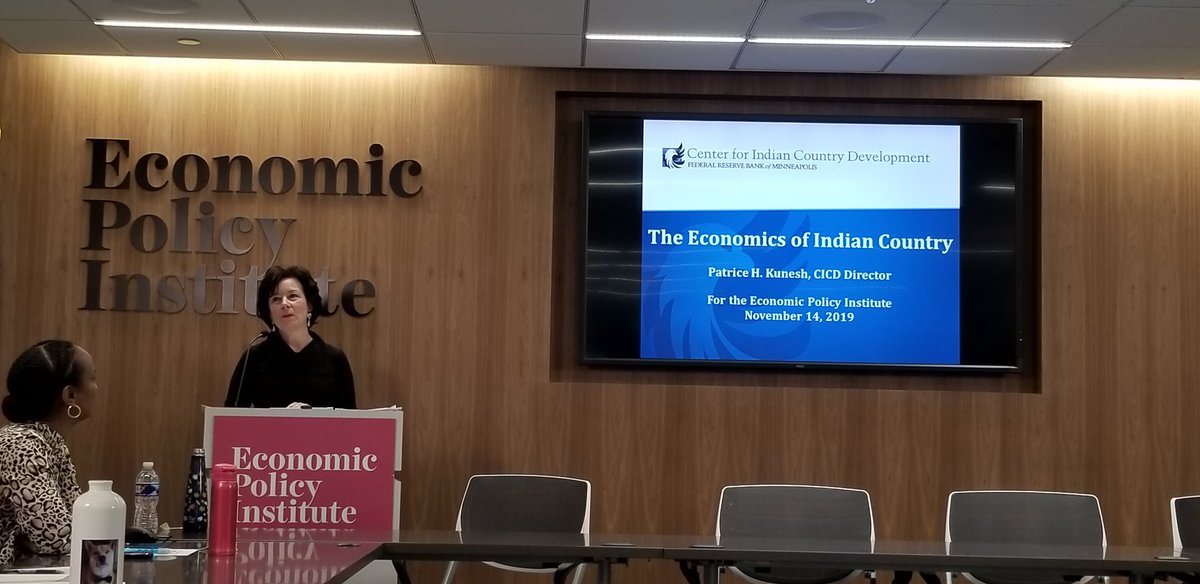
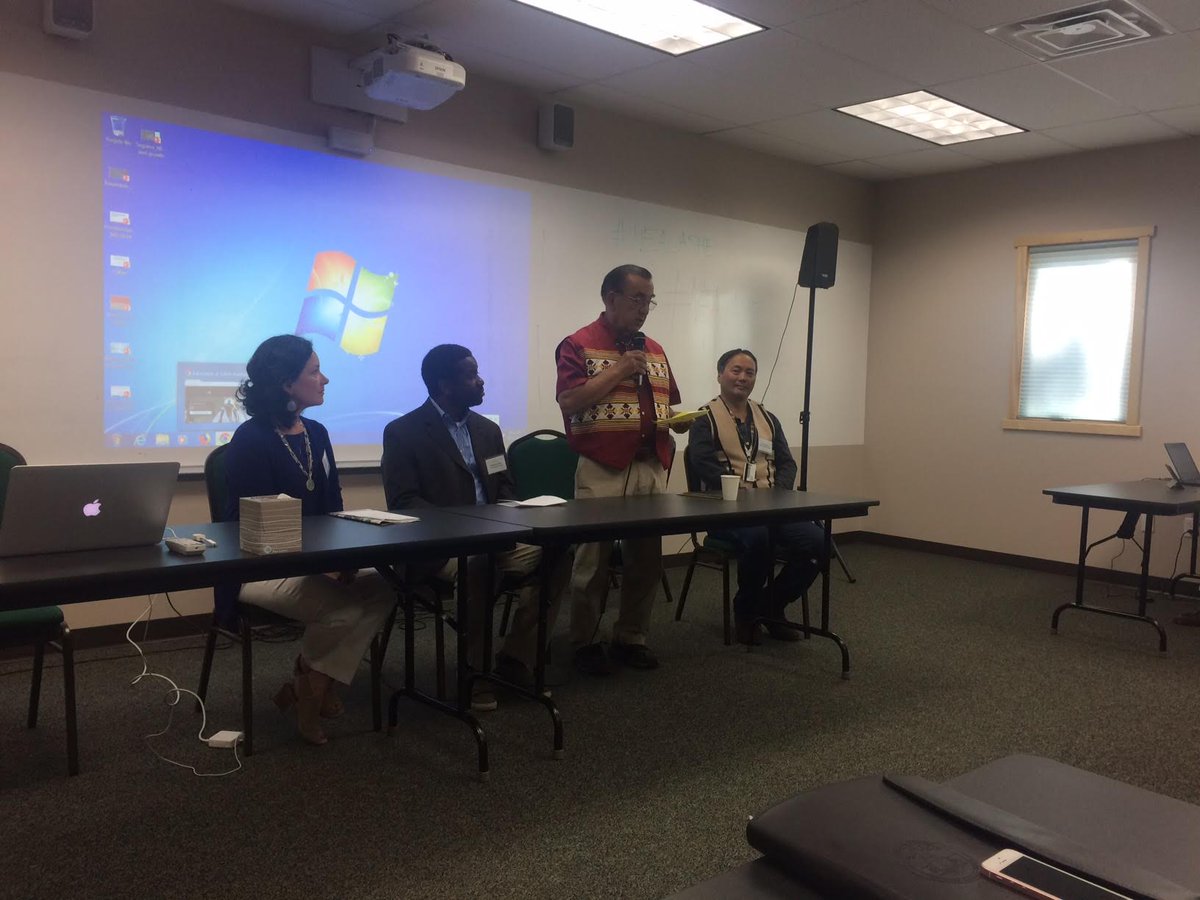
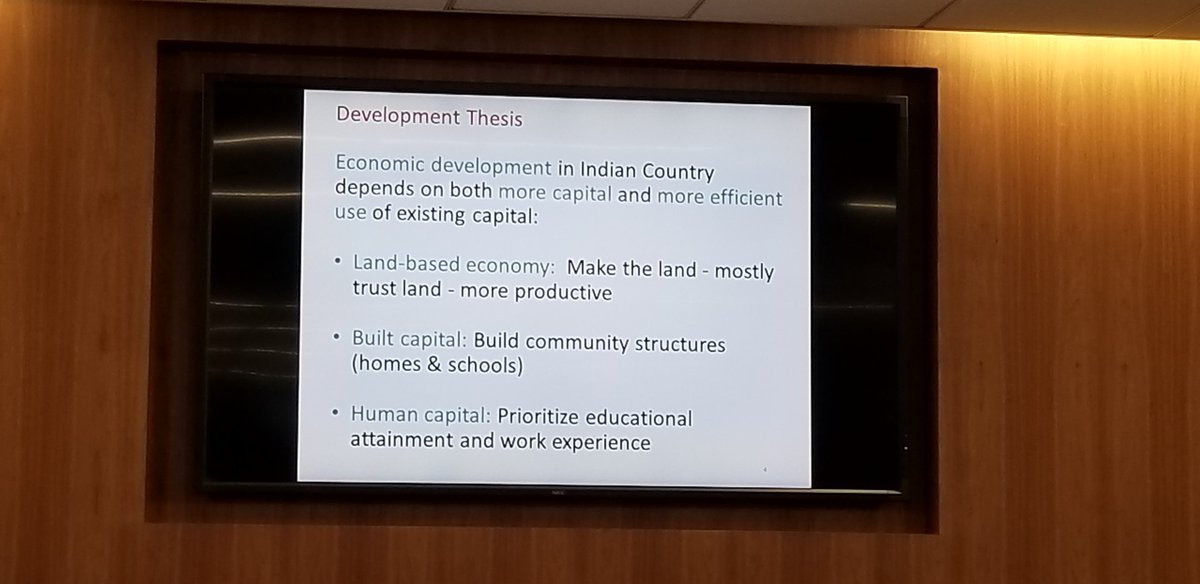
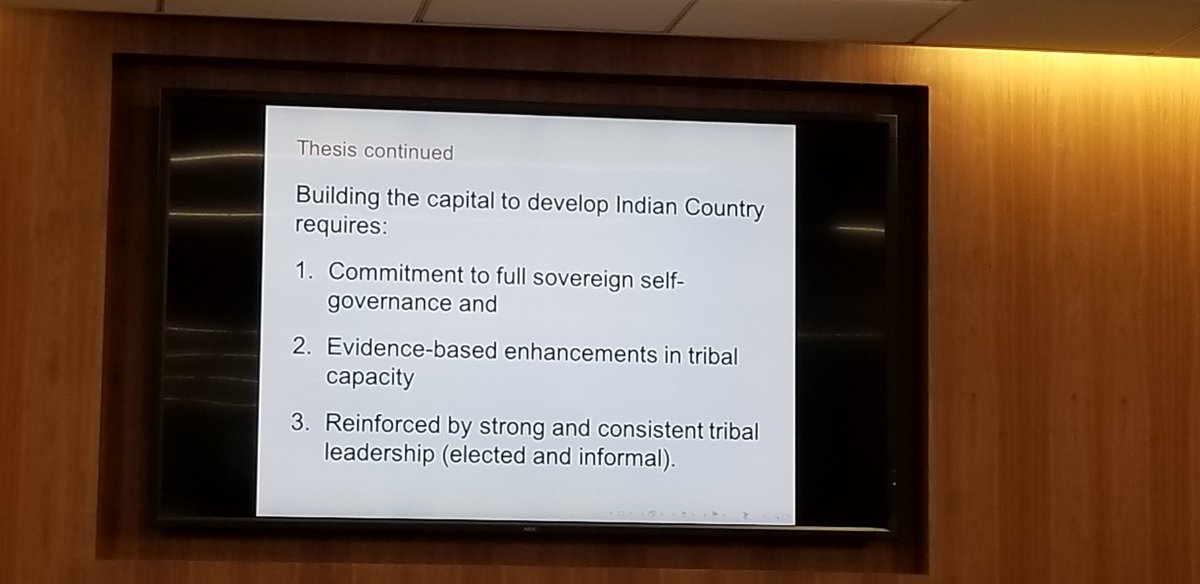
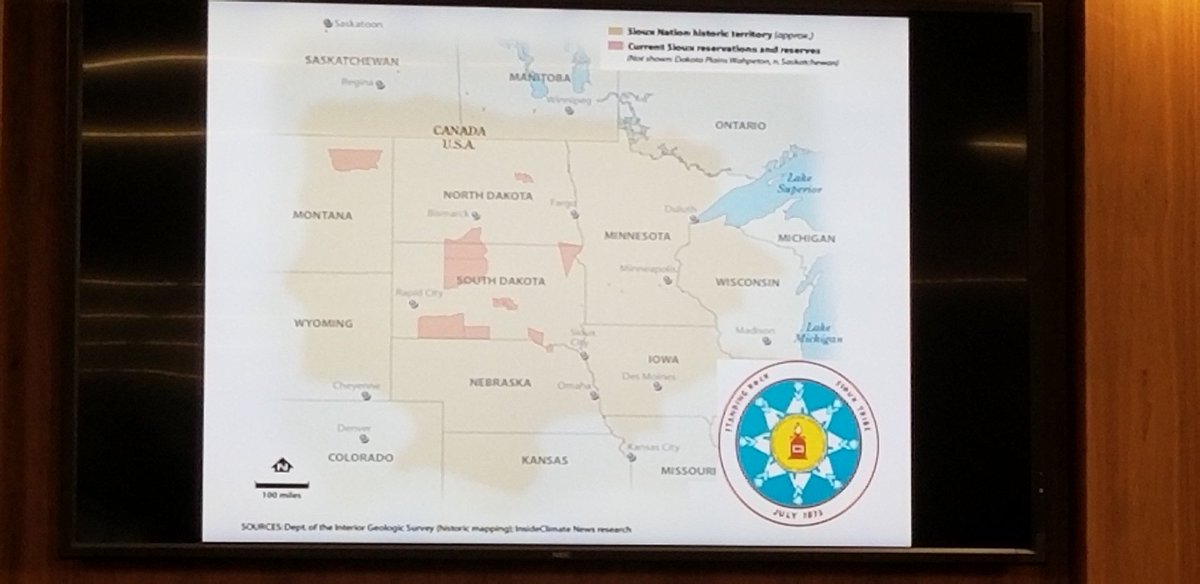
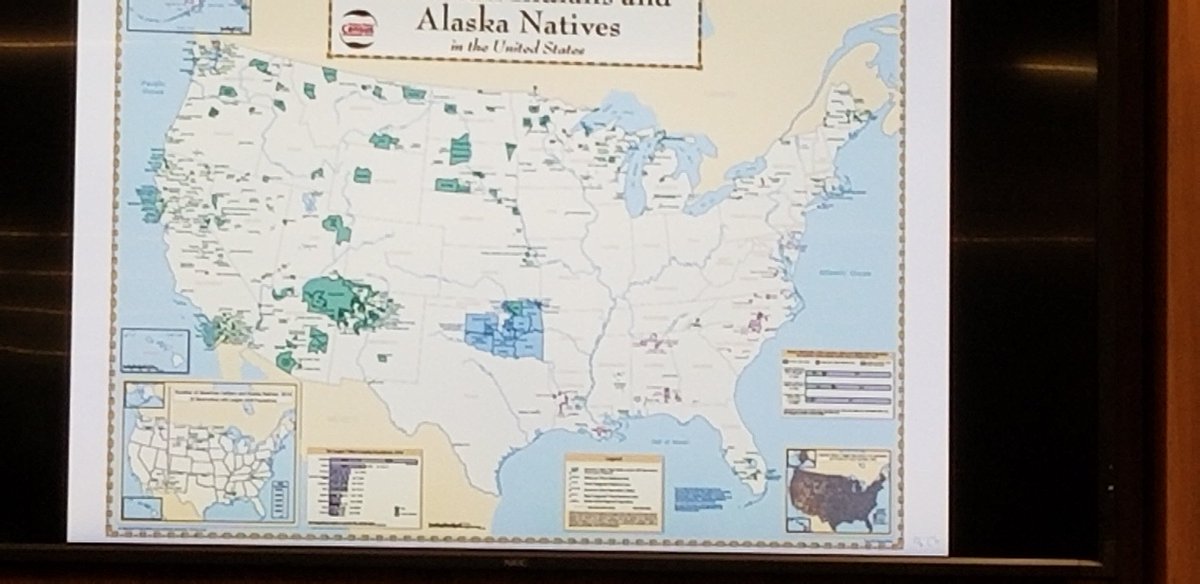
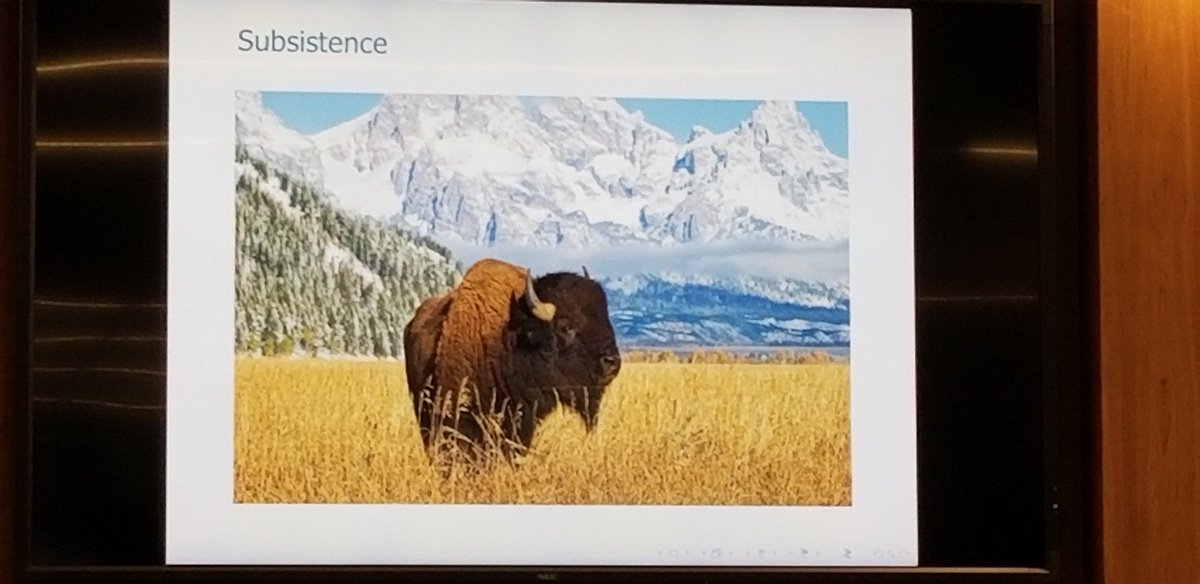
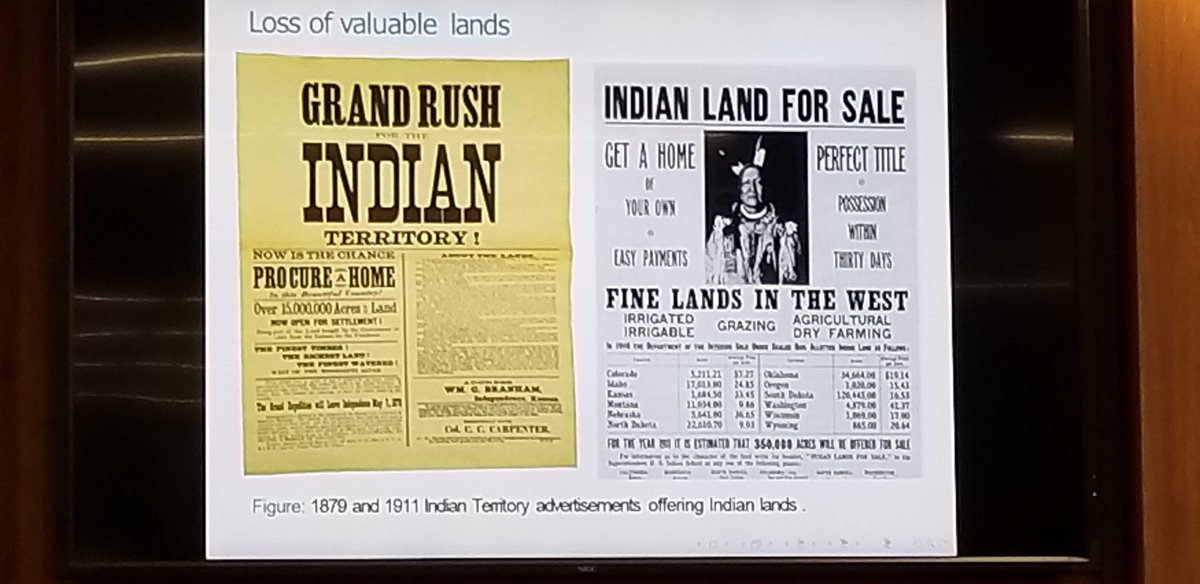 " title="Not just the decimation of the bison, but also the removal of tribal lands for the Gold Rush and railroad led to the displacement & genocode of Native people.The second photo is a picture of bison skulls. https://abs.twimg.com/emoji/v2/... draggable="false" alt="😡" title="Pouting face" aria-label="Emoji: Pouting face">">
" title="Not just the decimation of the bison, but also the removal of tribal lands for the Gold Rush and railroad led to the displacement & genocode of Native people.The second photo is a picture of bison skulls. https://abs.twimg.com/emoji/v2/... draggable="false" alt="😡" title="Pouting face" aria-label="Emoji: Pouting face">">
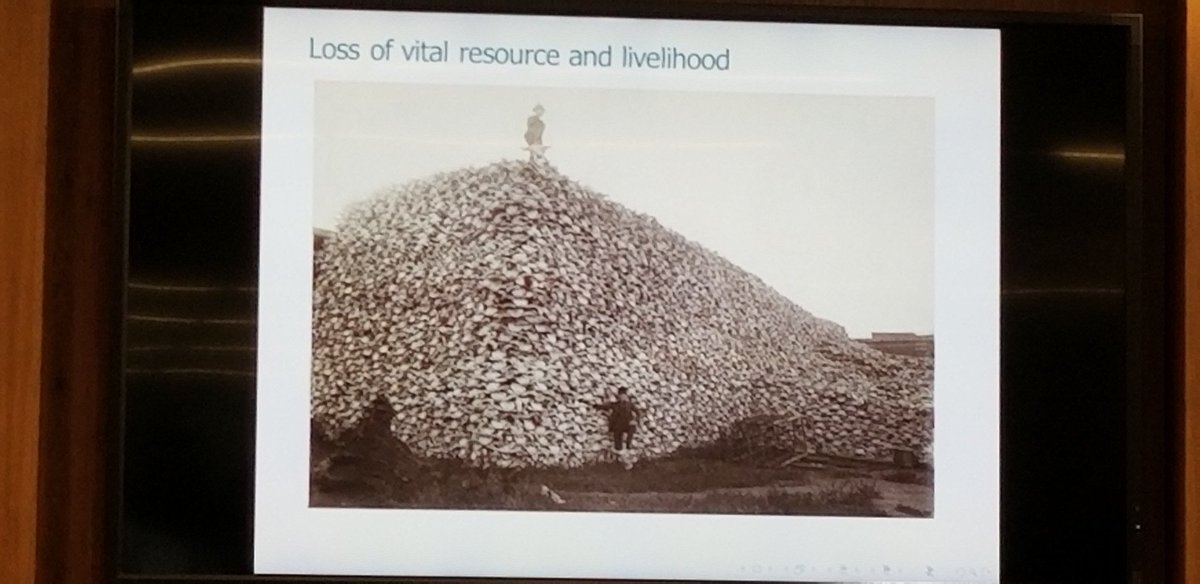 " title="Not just the decimation of the bison, but also the removal of tribal lands for the Gold Rush and railroad led to the displacement & genocode of Native people.The second photo is a picture of bison skulls. https://abs.twimg.com/emoji/v2/... draggable="false" alt="😡" title="Pouting face" aria-label="Emoji: Pouting face">">
" title="Not just the decimation of the bison, but also the removal of tribal lands for the Gold Rush and railroad led to the displacement & genocode of Native people.The second photo is a picture of bison skulls. https://abs.twimg.com/emoji/v2/... draggable="false" alt="😡" title="Pouting face" aria-label="Emoji: Pouting face">">
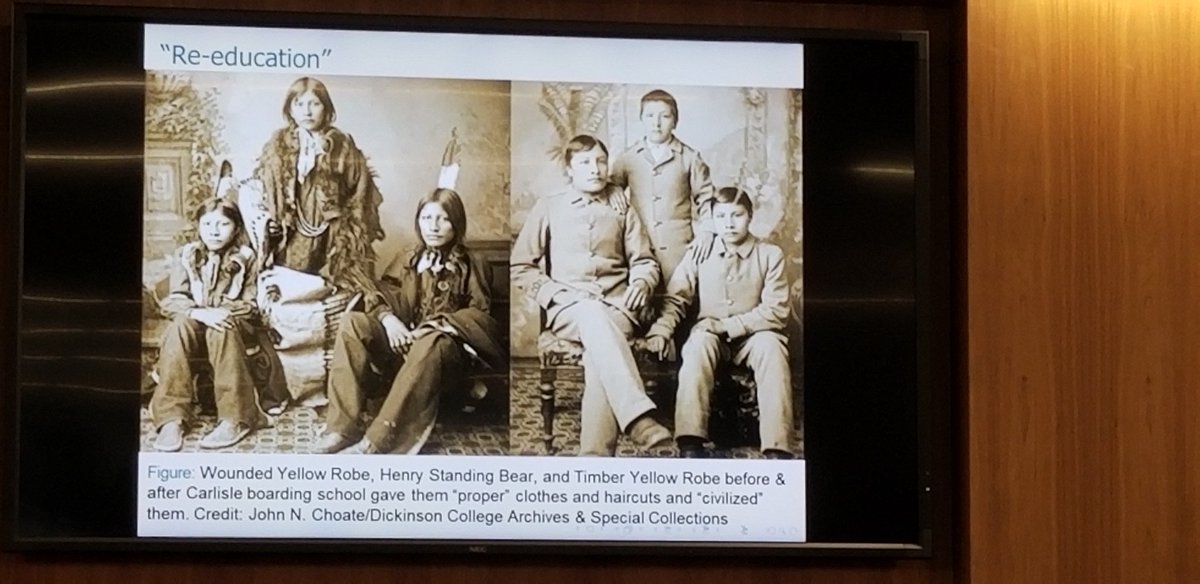
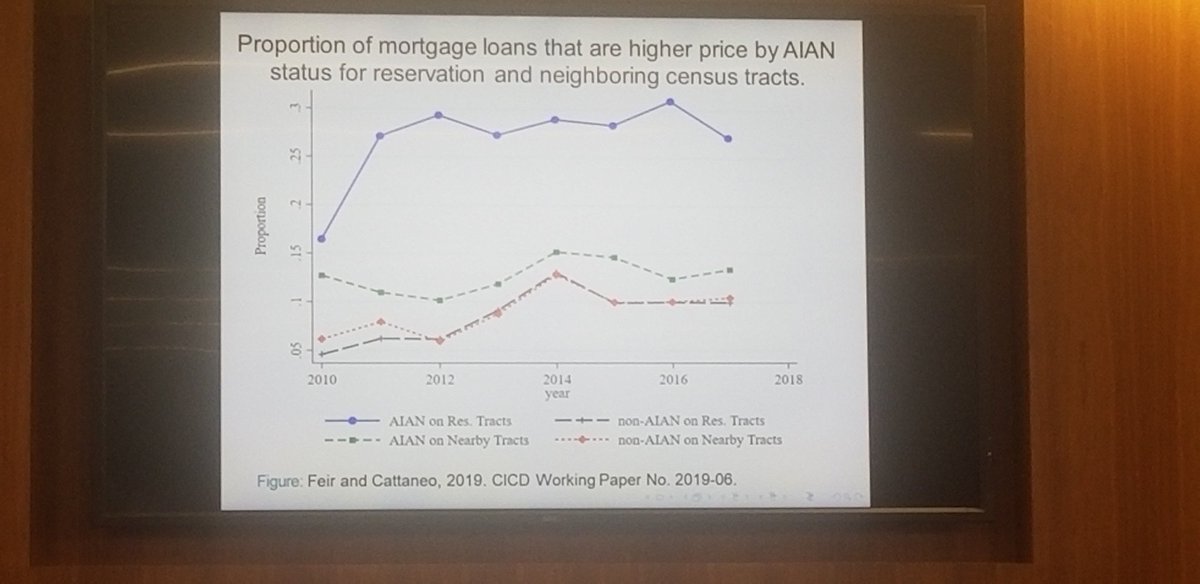 " title="Systematic inequality in a figure.This figure shows that AIAN on reservations pay more for a mortgage than other groups.30% of these loans are for manufactured housing. https://abs.twimg.com/emoji/v2/... draggable="false" alt="🙄" title="Face with rolling eyes" aria-label="Emoji: Face with rolling eyes">" class="img-responsive" style="max-width:100%;"/>
" title="Systematic inequality in a figure.This figure shows that AIAN on reservations pay more for a mortgage than other groups.30% of these loans are for manufactured housing. https://abs.twimg.com/emoji/v2/... draggable="false" alt="🙄" title="Face with rolling eyes" aria-label="Emoji: Face with rolling eyes">" class="img-responsive" style="max-width:100%;"/>
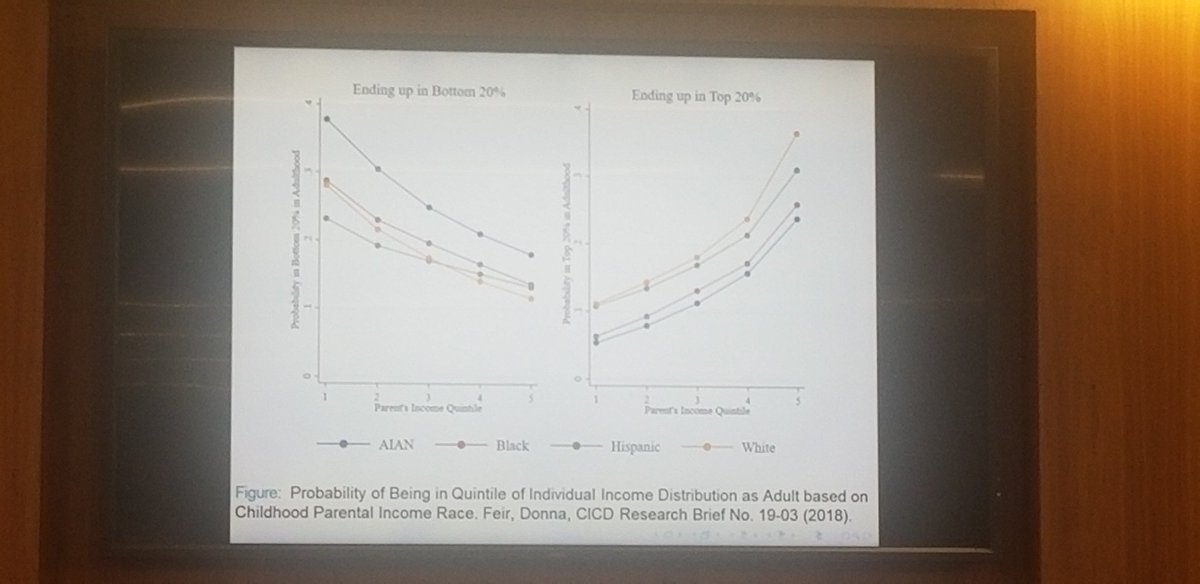 https://abs.twimg.com/emoji/v2/... draggable="false" alt="🙄" title="Face with rolling eyes" aria-label="Emoji: Face with rolling eyes">" title="Economic mobility for Native kids. Figure created using @OppInsights data.I don& #39;t need to tell you what this says. It says what you think it says. https://abs.twimg.com/emoji/v2/... draggable="false" alt="😡" title="Pouting face" aria-label="Emoji: Pouting face">https://abs.twimg.com/emoji/v2/... draggable="false" alt="🙄" title="Face with rolling eyes" aria-label="Emoji: Face with rolling eyes">" class="img-responsive" style="max-width:100%;"/>
https://abs.twimg.com/emoji/v2/... draggable="false" alt="🙄" title="Face with rolling eyes" aria-label="Emoji: Face with rolling eyes">" title="Economic mobility for Native kids. Figure created using @OppInsights data.I don& #39;t need to tell you what this says. It says what you think it says. https://abs.twimg.com/emoji/v2/... draggable="false" alt="😡" title="Pouting face" aria-label="Emoji: Pouting face">https://abs.twimg.com/emoji/v2/... draggable="false" alt="🙄" title="Face with rolling eyes" aria-label="Emoji: Face with rolling eyes">" class="img-responsive" style="max-width:100%;"/>
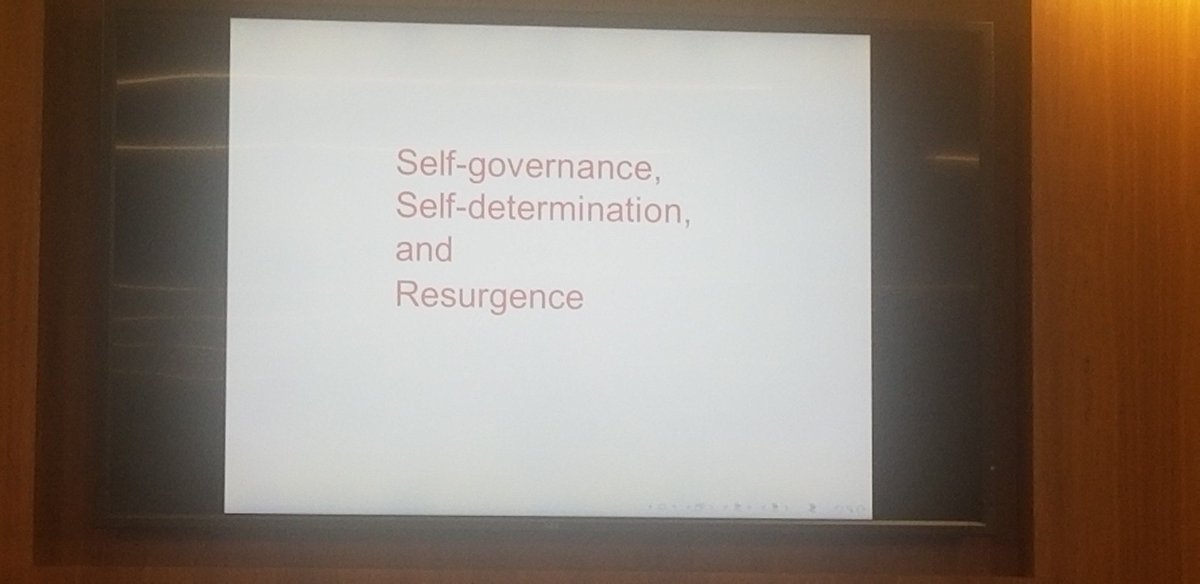 " title="This can& #39;t be just a story of deprivation and crisis, there is hope.Especially since the 1980s, there has been movement within the Native community. https://abs.twimg.com/emoji/v2/... draggable="false" alt="✊🏽" title="Raised fist (medium skin tone)" aria-label="Emoji: Raised fist (medium skin tone)">" class="img-responsive" style="max-width:100%;"/>
" title="This can& #39;t be just a story of deprivation and crisis, there is hope.Especially since the 1980s, there has been movement within the Native community. https://abs.twimg.com/emoji/v2/... draggable="false" alt="✊🏽" title="Raised fist (medium skin tone)" aria-label="Emoji: Raised fist (medium skin tone)">" class="img-responsive" style="max-width:100%;"/>
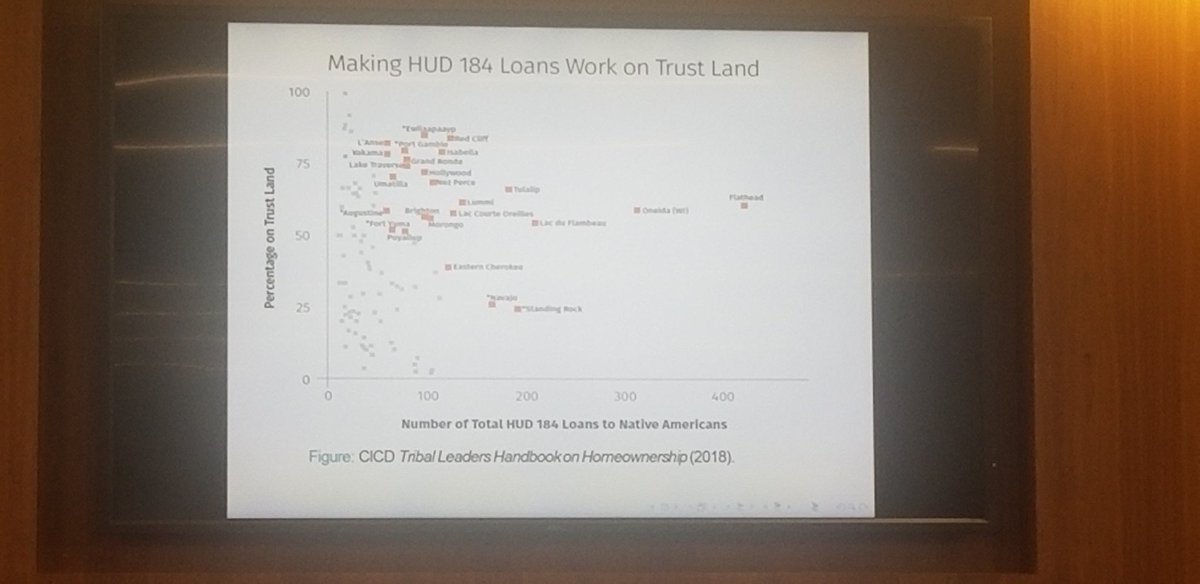
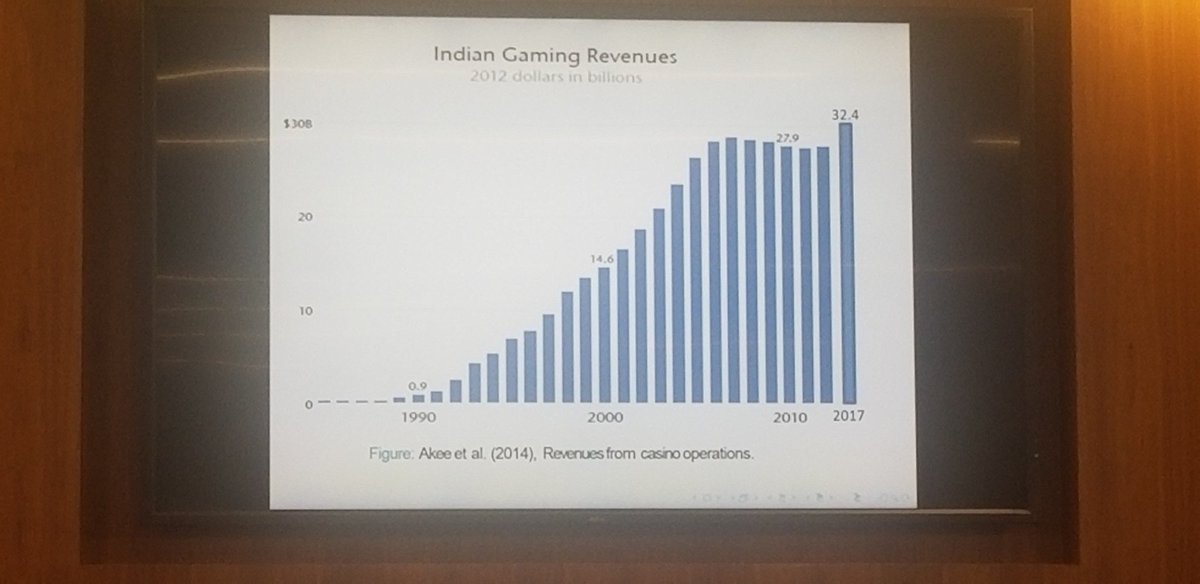
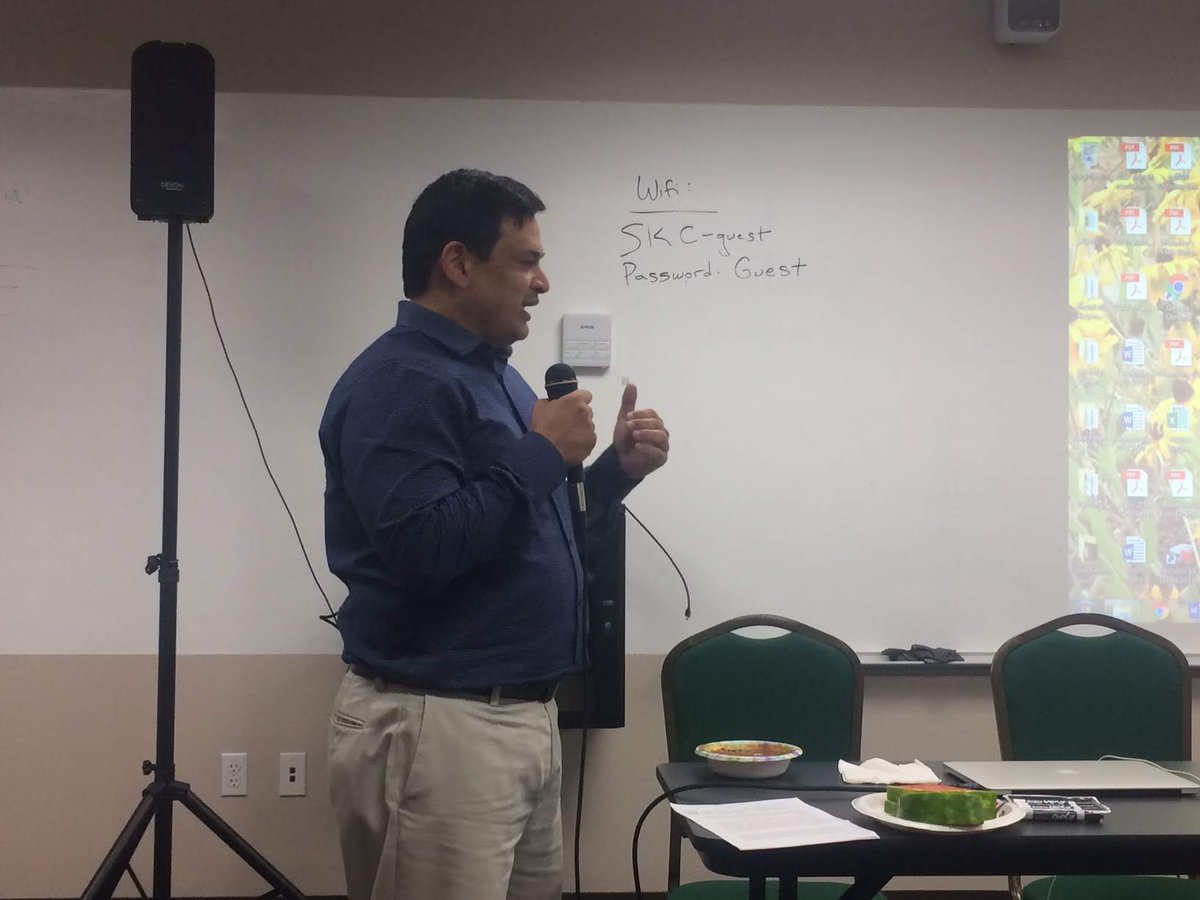
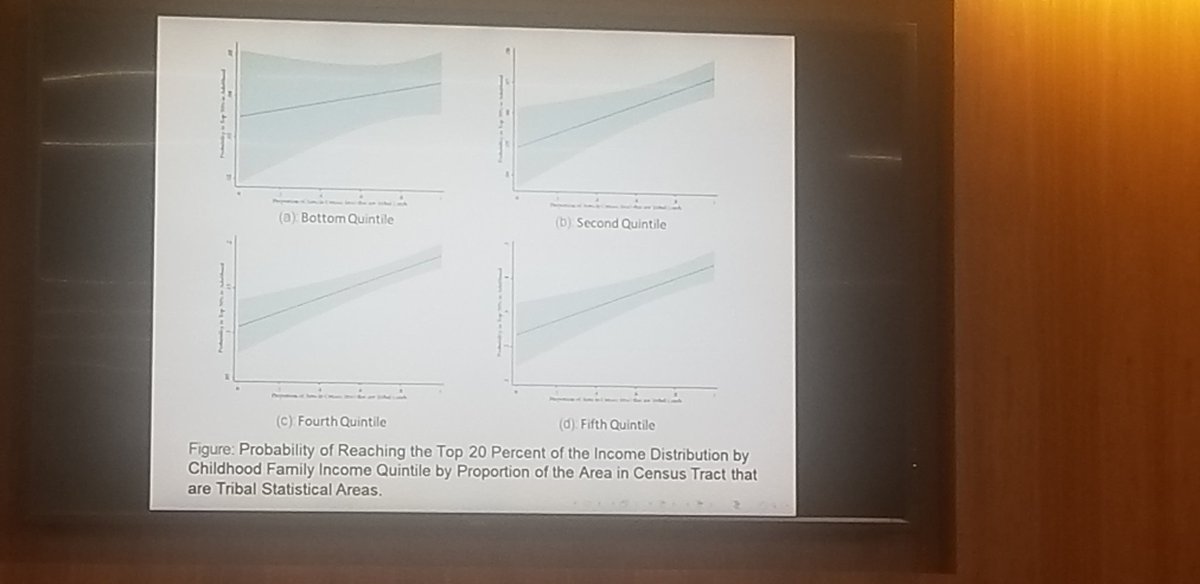
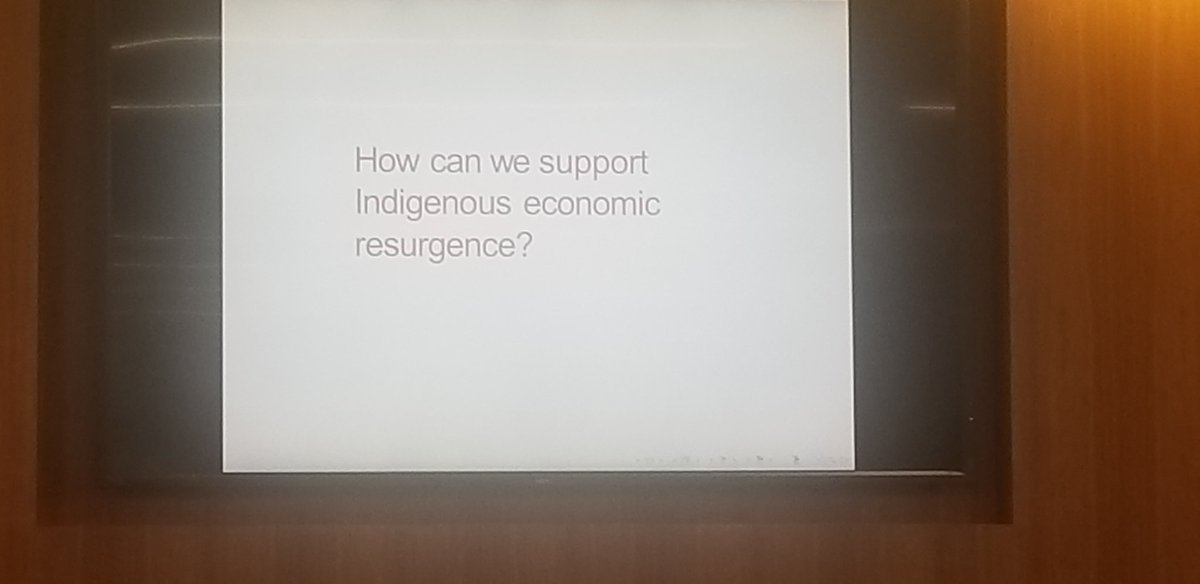 https://abs.twimg.com/emoji/v2/... draggable="false" alt="🗣" title="Speaking head in silhouette" aria-label="Emoji: Speaking head in silhouette">https://abs.twimg.com/emoji/v2/... draggable="false" alt="🗣" title="Speaking head in silhouette" aria-label="Emoji: Speaking head in silhouette">Let& #39;s fight for this invisible community." title="A call to action. https://abs.twimg.com/emoji/v2/... draggable="false" alt="🗣" title="Speaking head in silhouette" aria-label="Emoji: Speaking head in silhouette">https://abs.twimg.com/emoji/v2/... draggable="false" alt="🗣" title="Speaking head in silhouette" aria-label="Emoji: Speaking head in silhouette">https://abs.twimg.com/emoji/v2/... draggable="false" alt="🗣" title="Speaking head in silhouette" aria-label="Emoji: Speaking head in silhouette">Let& #39;s fight for this invisible community." class="img-responsive" style="max-width:100%;"/>
https://abs.twimg.com/emoji/v2/... draggable="false" alt="🗣" title="Speaking head in silhouette" aria-label="Emoji: Speaking head in silhouette">https://abs.twimg.com/emoji/v2/... draggable="false" alt="🗣" title="Speaking head in silhouette" aria-label="Emoji: Speaking head in silhouette">Let& #39;s fight for this invisible community." title="A call to action. https://abs.twimg.com/emoji/v2/... draggable="false" alt="🗣" title="Speaking head in silhouette" aria-label="Emoji: Speaking head in silhouette">https://abs.twimg.com/emoji/v2/... draggable="false" alt="🗣" title="Speaking head in silhouette" aria-label="Emoji: Speaking head in silhouette">https://abs.twimg.com/emoji/v2/... draggable="false" alt="🗣" title="Speaking head in silhouette" aria-label="Emoji: Speaking head in silhouette">Let& #39;s fight for this invisible community." class="img-responsive" style="max-width:100%;"/>
